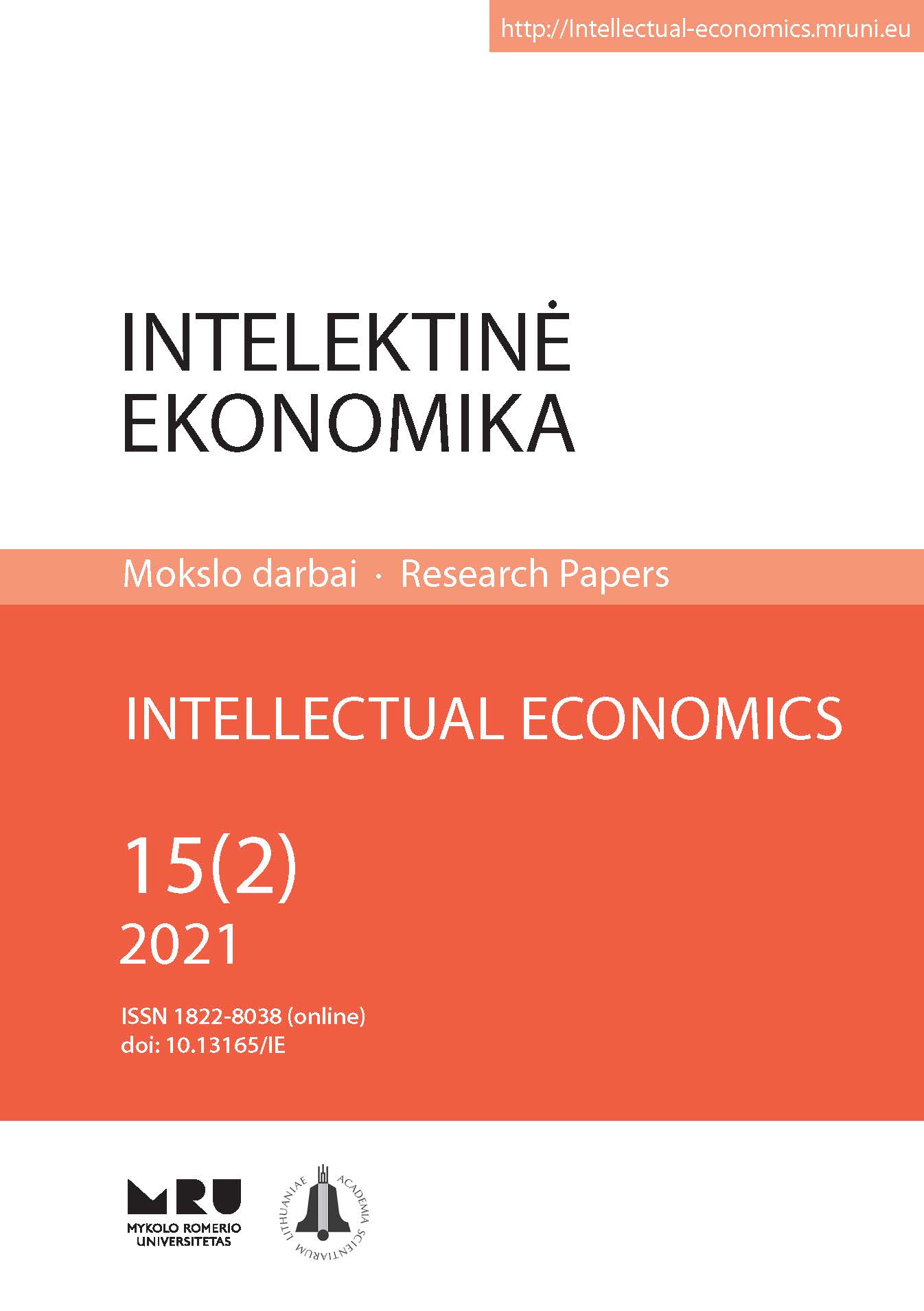DETERMINATION OF THE AMOUNT OF HEALTHCARE PUBLIC FUNDING: THE LATVIAN CASE
DETERMINATION OF THE AMOUNT OF HEALTHCARE PUBLIC FUNDING: THE LATVIAN CASE
Author(s): Edvins Karnitis, Mara Petersone, Ģirts Karnitis, Karlis KetnersSubject(s): Business Economy / Management, Health and medicine and law
Published by: Mykolas Romeris University
Keywords: healthcare sector; treatable mortality; health expenditure; benchmarking algorithms;
Summary/Abstract: Decisions on public funding allocation are significant challenges for any health care system. The Latvian health financing policy faces challenges that threaten its long-term sustainability and the values of solidarity. According to the World Health Organization, health, as a state of complete physical, mental and social well-being, is one of every human's fundamental rights, which depends upon the most total cooperation of individuals and States. This also includes the task "Substantially increase health financing". Such concepts require regular measurement of the progress to explicate the achieved level in statics and dynamics and make the strategic decisions for the coming period, including those on the public healthcare expenditure. The purpose of the article is to evaluate necessary allocations of general government budget expenditures, ensure justification for the strategic decisions for the next planning period on the healthcare expenditure, evaluate the achieved level in statics and dynamics, and provide policy recommendations for future health financing system reforms.Research methodology – to achieve the goal of the research, comparative analysis and methods of theoretical research, as well as the intelligent data mining methods for discovery of and knowledge creation on existing regularities in the health system expenditure, basing on mutually comparable factual cases – declared statistical indicators of the EU27 countries.Findings – Using data mining analytical tools, the minimum of the general government health expenditure in EU countries is computed in the study: about € 1500 per capita in prices of 2018. The optimal segmentation of the general government health expenditure according to the COFOG classification also is computed.Research limitations – The calculated minimum expenditure is especially relevant for the low-expenditure Central and Eastern European countries, while the total public health expenditure segmentation is applicable for any EU country. The benchmarking algorithms are well-suited for comparing aspects of the health sector, identifying leaders with the best performance and best practices, and analysing how higher performance levels are achieved. However, it should be borne in mind that some dispersion could be caused by heterogeneous environmental conditions.Practical implications – Governments can consider making sustainable policy decisions and performing the programming process of allocating the public resources. They would also help to balance cross-sectoral links between public healthcare and the economy during the post-COVID-19 recovery.Originality/Value – The use of the data mining analytical tools in the study answered a very important for society question: what is the minimum amount an EU country should spend on health. The financial data processing shows that the widespread assumption of the necessary general government health expenditure of 5% of the GDP is not substantiated.
Journal: Intelektinė ekonomika
- Issue Year: 15/2021
- Issue No: 2
- Page Range: 113-130
- Page Count: 18
- Language: English

